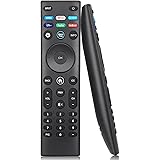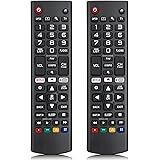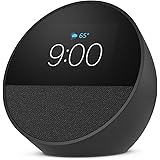An AV receiver is the heart of any home theater system and it’s the most important part of your audio and video setup. The best AV receiver is designed to handle the demands of modern home cinemas and it’s usually very versatile, so it can be used for a variety of applications and needs.
7.2 is a popular option for many consumers due to the ability to fully experience Dolby Atmos and other immersive surround sound formats. It allows you to enjoy a fully enveloping sound experience in your living room, without having to invest in additional speakers or a subwoofer.
When choosing a 7.2 home theater amplifier, you’ll want to consider several factors such as power output, processing capability and speaker compatibility. The amplifier’s inputs, outputs and connectivity features will also affect your decision.
The power of the receiver is an important factor as it determines how loud the system will be, and the amount of bass it can reproduce. You’ll also need to consider the impedance of your speakers and how they’re connected, as some AV receivers may not be able to drive low-impedance speakers with ease.
A good AV receiver will have a variety of inputs and outputs that can support up to nine simultaneous speakers or eleven channels in total. Some models will also have a built-in subwoofer output for added bass.
HDMI ARC is another feature to look for as it will allow you to upscale HD video signals to 4K Ultra HD, which is a great way to upgrade your viewing experience. This technology is available on a wide range of receivers and enables you to watch high-definition movies in a much higher resolution than would be possible on older HDTVs.
Other features to keep an eye out for include upmixing technology and support for immersive sound formats like Dolby Atmos, DTS:X and Auro-3D. These technologies will help you feel as if you’re in the middle of the action, while a good AV receiver will also be able to decode all of these new formats.
If you’re planning on upgrading to a newer model in the future, look for features such as power amp matrixing which can allow you to reroute your current left and right channel to the outputs of a different power amplifier. This could be a great option if you’ve got a powerful two-channel power amp that you’d like to use on the main left and right channels but can’t currently get it to work with your AV receiver.
YPAO is another feature that’s worth considering as it helps you tune your AV receiver to match the acoustics of your room, which can help improve its performance and give your audio more depth. YPAO uses a microphone to measure the acoustics of your room and then automatically adjusts your AV receiver to achieve the best results.
Some AV receivers also come with a built-in app that can provide you with expert guidance in setting up your system, enabling you to save time and effort. You’ll also have access to a variety of useful settings such as speaker connections and power amplifier assignments, which will make your set up process much smoother and easier to navigate.









